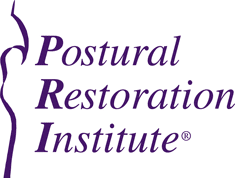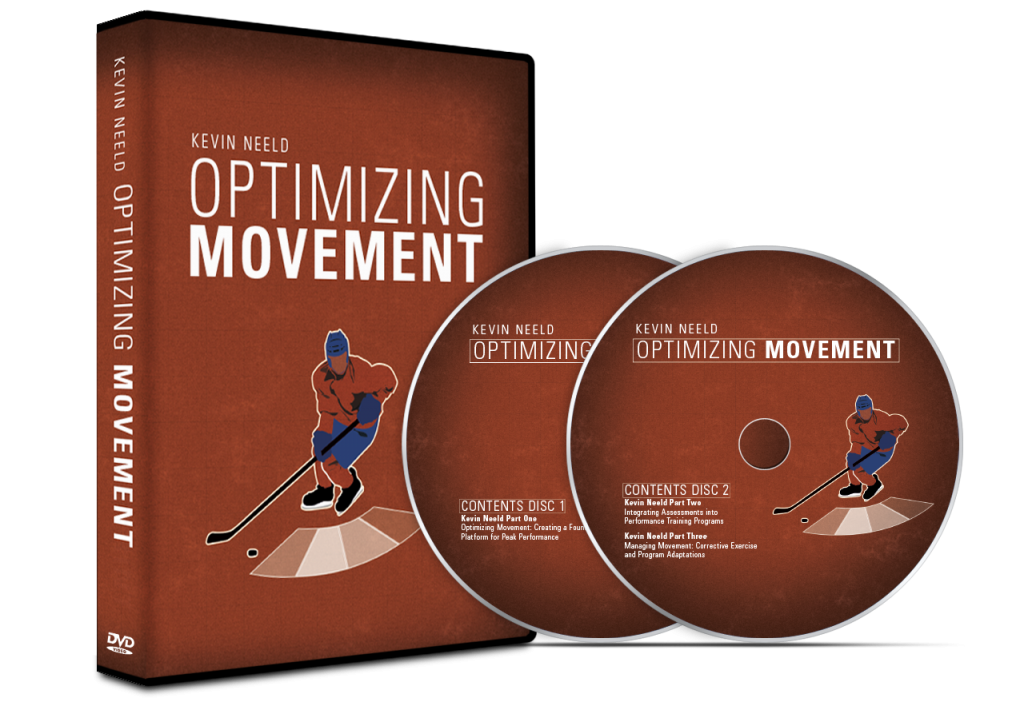When I was growing up playing hockey, at least once every season I’d have some sort of left groin or hip flexor issue.
None were ever significant enough to keep me off the ice, but they were always enough that I was constantly “aware of it”, which is not where you want your focus going while you’re playing.
I always wondered if there was something I was doing, or not doing, that was causing these injuries.
Now that I’ve made the transition from player to S&C coach, I’m thankful for my long list of injuries as they’ve motivated me to learn more about functional anatomy, biomechanics, and a number of other injury risk factors.
Naturally, one of the major goals of every program I write is to reduce my athletes’ risk of injury. As a result, it’s important to understand what factors may predispose an athlete to injuries in the first place, and then make decisions about what I have the ability to influence.
With the increasing popularity of PRI and FMS courses over the last several years, a lot of attention is being paid to the potential for faulty movement patterns to contribute to breakdown. This is obviously an area I subscribe to, as I’ve taken FMS Level 1&2, the SFMA course, and spent over 100 hours in PRI courses, in addition to becoming PRT-credentialed a couple years ago.

With that said, purely postural/biomechanical approaches to injury risk have been appropriately questioned in the research, as these are really just one piece of the puzzle. In an effort to perfect movement, coaches may be inadvertently increasing their athletes’ risk of injury.
The most effective approach to injury risk reduction is to attack it from all angles. While this topic can get pretty complex, I generally think of risk factors as falling into these major buckets:
Each of these areas is an important contributor to injury risk and needs to be considered in a training program.
A couple years ago, I remember hearing people talk about how some personal trainers and strength coaches were taking some of these movement-based courses and basically not letting their clients/athletes do anything except corrective work until they met some standard. At the time, as I would now, I remember thinking “people actually do that?”
As time has gone by, I realize this is more common than I would have ever thought.
If you come back to the list above, focusing on movement capacity to the exclusion of other qualities will only improve that one injury risk factor. An argument can be made (that I’d agree with) that improving movement quality can improve stress tolerance by reducing unnecessary tension/tone resulting from a compensatory attempt to produce the desired movement, but not to the same degree that also addressing fitness/conditioning and accumulated fatigue would.
Probably the biggest oversight in an overly “corrective” approach is that the athletes actually detrain. Having slow, weak, and poorly conditioned athletes that move well doesn’t only neglect many key areas of injury prevention, it makes them worse at their sport.
Even in the presence of movement limitations, athletes need to train to improve, or at least maintain, their performance capacities. The key here is to pick exercises and methods that are best suited for the athletes based on their current movement abilities. This is one of the major topics I discussed in in my DVD Optimizing Movement, as having a system for what to do in the presence of specific movement limitations makes it easy to individualize training, even in a group or team setting.
Assessing factors that influence movement, and demonstrating how to use them to drive your training approach
It’s important to recognize that slow, weak, poorly conditioned, stressed out, and/or tired athletes are all at a greater risk for injury. With this in mind, training programs should be designed to develop physical capacities using individual-specific exercises/methods while also improving notable movement limitations, with coaches monitoring stress and accumulated fatigue to make any necessary adjustments to training loads or recovery strategies on an ongoing basis.
Looking back on my own injuries, I can remember that some happened when I just didn’t feel right (possibly an alignment issue), some were the result of overuse, and others were simply because I was too weak.
As strength and conditioning coaches, our job is to deliver highly trained, injury resistant athletes to our coaches. As more emphasis is placed on assessments and corrective work, it’s important to not lose site of the importance of continuing to develop the speed, power, strength, and conditioning of our athletes, while also monitoring fatigue. Ultimately, a more comprehensive approach will not only improve their durability, but also their performance.
To your success,
Kevin Neeld
OptimizingMovement.com
UltimateHockeyTraining.com
Please enter your first name and email below to sign up for my FREE Performance Training Newsletter!
“…one of the best DVDs I’ve ever watched”
“A must for anyone interested in coaching and performance!”
